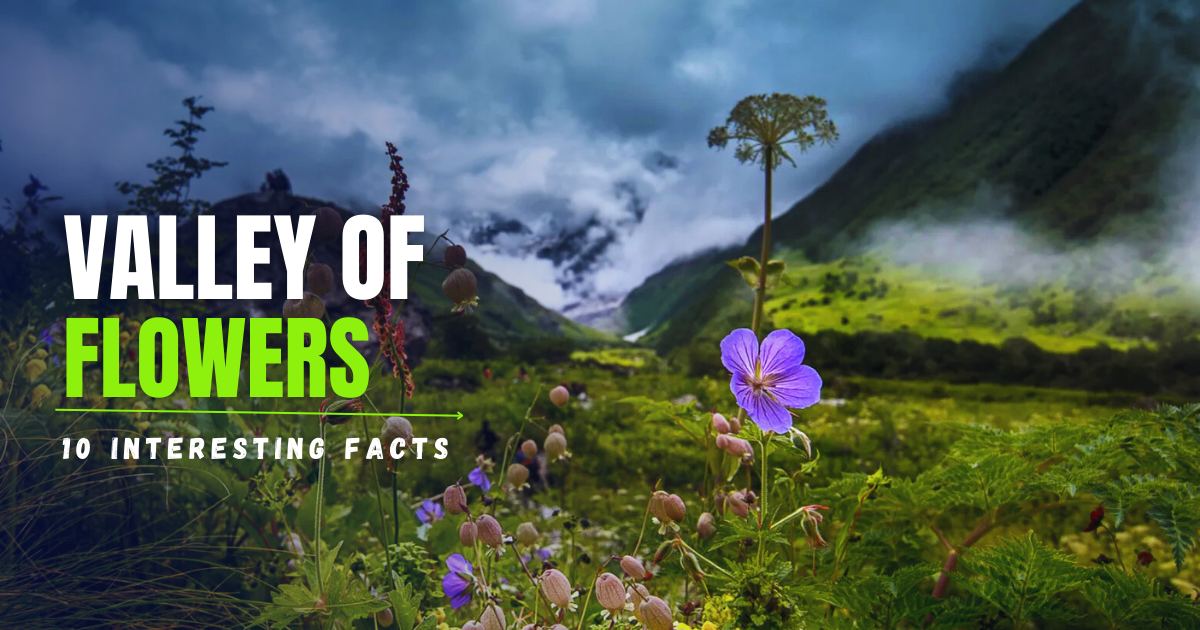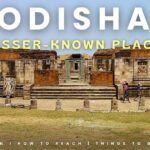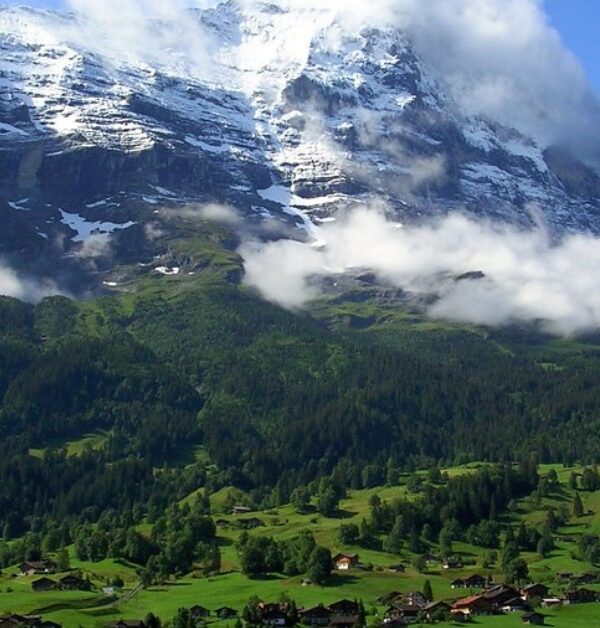A heavenly beauty hidden in the Himalayas is called the ‘Valley of Flowers’. Covered with thousands of colorful wildflowers, this place looks like a fairy tale in reality. But not only the beautiful scenery, but there are several amazing facts hidden behind it. If you are a nature lover, mountain lover or travel enthusiast – then after knowing these 10 Interesting Facts About Valley of Flowers, your mind will want to travel!
10 Interesting Facts About Valley of Flowers, Overview
The ‘Valley of Flowers’ is a mesmerizing place, filled with rare flowers of various colors and stunning natural beauty. Let’s find out 10 Interesting Facts About Valley of Flowers to find out why this place is so special.
01.It’s a UNESCO World Heritage Site
The beauty of the Valley of Flowers is not only visually appealing, but its ecological importance is also recognized worldwide. UNESCO declared it as a World Heritage Site in 2005. It is part of the Nanda Devi Biosphere Reserve — which is also listed by UNESCO.
02.Over 500 Varieties of Flowers Bloom Here
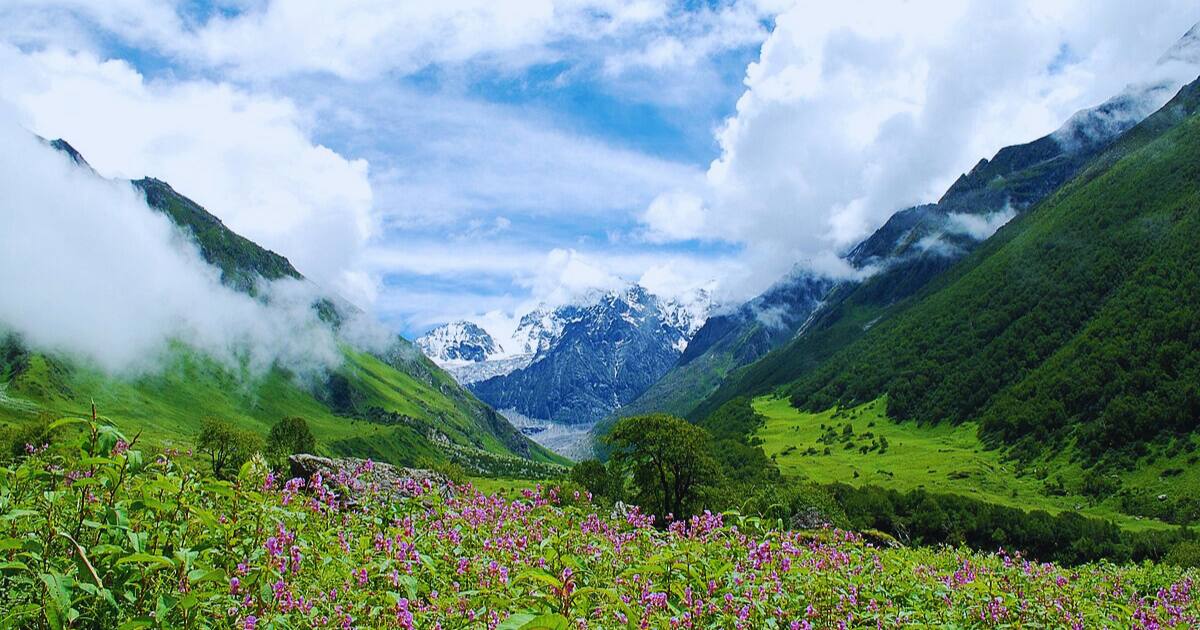
This valley fully proves the meaning of its name! About 500 types of wildflowers bloom here from July to September. Flowers like Himalayan Blue Poppy, Cobra Lily, and rare Brahma Lotus can be seen here.
03.It Was Discovered by Accident
In 1931, British mountaineer Frank Smith accidentally discovered this place on his way back from Mt. Kamet. He was so fascinated by this flower-filled scene that he later wrote a book – “The Valley of Flowers”.
Also Read:11 Adventure Activities in Nainital for Brave Souls
04. No Vehicles Allowed – You Have to Trek!
A big reason for the beauty of this place is its remoteness. To reach here, you have to trek about 17 km from Govindghat via Ghangaria. There are no roads, only forest paths, waterfalls and mountain views – a real taste of adventure.
05. It’s Located at a High Altitude
The Valley of Flowers is about 3,658 meters (12,000 feet) above sea level. While walking here, you will pass through the clouds – but the body may take time to adapt due to the low oxygen.
Also Read:8 Best Hill Stations in Uttarakhand for July
06.It’s Open Only a Few Months a Year
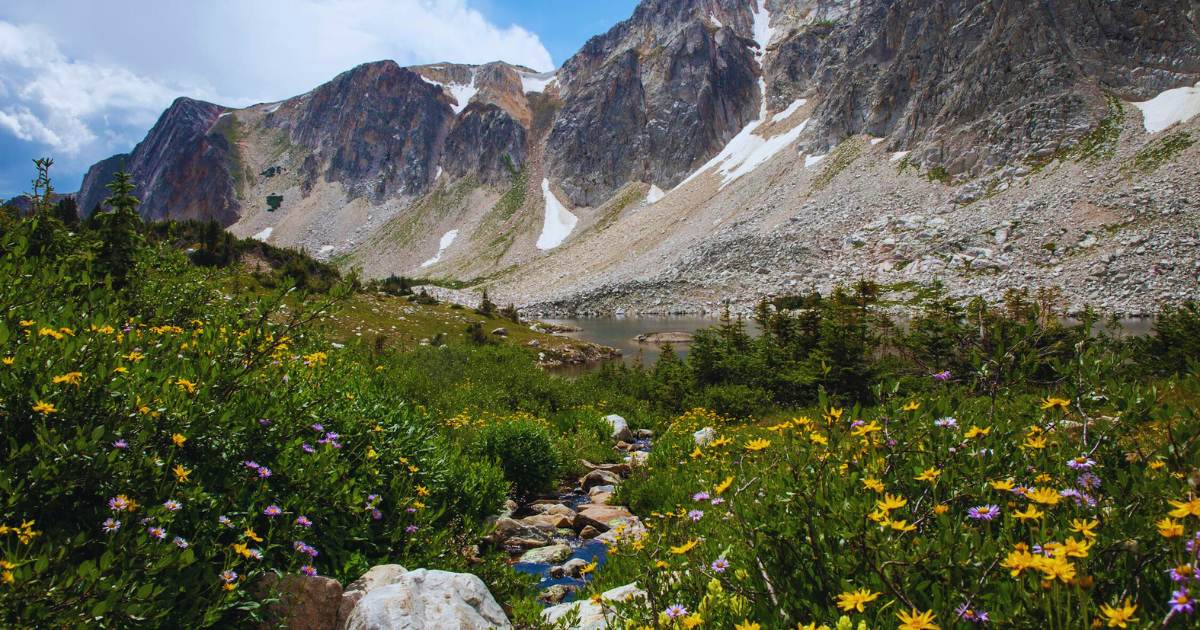
This heavenly place is open only from June to October, when the snow melts and the flowers bloom. The best time to see the colors and variety of flowers is from mid-July to August.
07.Camping Is Not Allowed Inside the Valley
The environment of this place is very sensitive. So, staying overnight or camping here is completely prohibited. You have to return to Ghangaria, the nearest base camp village, before evening.
Also Read:How to Choose the Best Time to Visit in Mussoorie?
08.A Spiritual Aura Surrounds the Valley
According to the locals, this valley is not just a place of mountains or flowers – it is a holy place blessed by the gods. Some say, it is the “playground of the gods”. Standing here truly gives a kind of miraculous feeling.
09.Not just flowers, wildlife is also abundant here
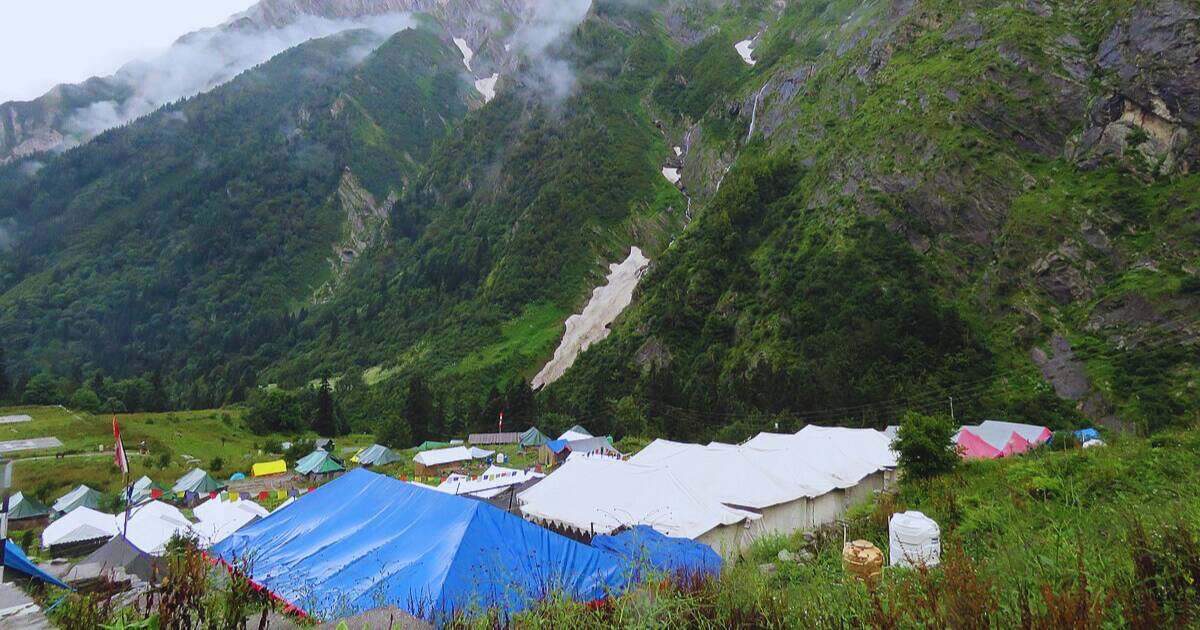
Apart from flowers, the wildlife here is also quite rich. If you are lucky, you can see the Asiatic black bear, snow leopard, musk deer or the Himalayan monal (which is the state bird of Uttarakhand).
10.It Has a Sister Park: Hemkund Sahib
From Ghangaria, another short trek will take you to sacred lake Hemkund Sahib – a holy Sikh pilgrimage site located at an altitude of 4329 meters. Many people visit both the Valley of Flowers and Hemkund Sahib – in one trip.
Also Read:Haridwar Trip Guide | Best Time, Aarti, Attractions
🌼 Final Thoughts
The Valley of Flowers is not just a destination to see – it is an experience. You will be filled with peace, color and a kind of fascination when you standing in the midst of nature. No matter where your journey takes you next, the beauty of this Himalayan gem will linger in your memory for a long time.
FAQs About Valley of Flowers
1) Is the Valley of Flowers trek be easy for beginners?
Yes, if you have average physical fitness and some preparation, then it is possible for first-time trekkers to do it. If you go slowly and follow the rules, there will be no problem.
2) What’s the best time to visit the Valley of Flowers?
The best time is from mid-July to mid-August, because that is when the flowers bloom the most.
3) Do I need a permit to enter the Valley of Flowers?
Yes, you have to pay a fee at the time of entry and register your name at the forest department check post near Ghangaria.
4) Do I need a guide to go on the trek?
It is not mandatory to take a guide, but if you go alone, you will get a lot of help if you take a local guide.
5) Can Valley of Flowers and Hemkund Sahib be visited together?
Of course! Both start from Ghangaria, so if you want, you can plan a great trip together.
Hope you liked this article on 10 Interesting Facts About Valley of Flowers. Do share your views with me within the comments section below. If this article was helpful, do share this post with your friends on Facebook and Twitter. It would mean a lot.
Hey there! I’m Santu Chakraborty and I’m not your typical traveler. By day, I wrangle circuits and solve electrical mysteries as an engineer, but my true passion lies in exploring the world and sharing those experiences with you. For the past five years, this blog has been my canvas, where I paint stories of adventure, practical travel tips, and cultural insights to ignite your wanderlust. So, come join me on my journeys and discover the magic that awaits just beyond the horizon!

